If you know Fouad Abiad, founder of Hosstile Supplements, then you know that the man does not mess around with his pre-workout supplements. His Hosstility pre-workout supplement has long been a fully-fledged training amplifier, but sometimes... you want even more. That's when things need to get Amped.

Hosstility AMPED is Hosstile Supplements' latest monster-grade pre-workout supplement, featuring 450mg total caffeine and 250mg Cognizin citicoline!
Hosstility AMPED is a high-stim pre-workout formula that definitely lives up to its name. As Hosstility specifies on their website, this is a product for lifters that want to go all in on the toughest, heaviest-lifting workouts they can.
But AMPED isn't your run-of-the-mill stimulant powerhouse. It's quite a bit smarter than that – literally.
This is because AMPED contains phenomenal nootropic support as well. And when it comes to nootropics, there's no ingredient we love to see more than Cognizin citicoline from Kyowa Hakko. In an industry where novel ingredients – even the trademarked and patented ones – often struggle to stand out, Cognizin represents genuine innovation. Kyowa successfully reinvented the choline wheel with Cognizin, which is a very well-researched ingredient to be discussed in this article.
Let's get into how this formula – and Cognizin – work. But first, check the availability, news and deals:
Hosstile Supplements Hosstility Amped – Deals and Price Drop Alerts
Get Price Alerts
No spam, no scams.
Disclosure: PricePlow relies on pricing from stores with which we have a business relationship. We work hard to keep pricing current, but you may find a better offer.
Posts are sponsored in part by the retailers and/or brands listed on this page.
This area is reserved for Team PricePlow's upcoming videos.
Subscribe to our channel and sign up for notifications so you catch it when it goes live!
Hosstility Amped Ingredients
In a single 2 scoop (24 gram) serving of Hosstility AMPED from Hosstile supplements, you get the following:
-
Pump + Performance Matrix
-
L-Citrulline (fermented) – 6,000 mg
Citrulline is a conditionally essential amino acid and and indirect precursor to nitric oxide (NO) synthesis.[1]
Recall that conditionally essential amino acids are those your body's capable of making on its own, but not necessarily enough to meet all your nutritional needs. Being subjected to mental or physical stress – in the form of sickness, injury, or even psychological pressure – can actually increase your body's need for the conditionally essential aminos, which usually makes supplementation necessary.
Citrulline to NO – a roadmap
Although citrulline supplementation ultimately upregulates NO, it's not the most direct precursor. Here's the process your body uses to convert citrulline into NO: Citrulline → arginine → NO.
Given that arginine is the direct NO precursor, why don't we take that instead of citrulline? As it turns out, arginine's oral bioavailability is poor – the bioavailability of citrulline is so much higher that citrulline supplementation is actually more effective at raising arginine blood levels, which in turn boosts NO.[2,3]
Upregulation of NO is a highly desirable outcome for athletes and gym goers – or more broadly, all who care about their cardiovascular health – because NO triggers vasodilation, a mechanism that causes arterial diameter to increase, meaning the same volume of blood flows through a larger space. Thus, vasodilation leads to significant drops in blood pressure and heart rate, improves perfusion (especially in peripheral tissues), and eases the stain on your heart.[4-6]
Through these mechanisms, NO boosts tissue oxygenation, nutrient delivery, and metabolic waste disposal, all three of which add up to improved athletic performance and recovery. Athletic endurance, especially, seems to benefit from increased NO.
Studies on citrulline show that it can support athletes and their goals in several ways,[7-12] thanks to the improved blood flow and nutrient delivery it helps provide.
Finally, citrulline supplementation can increase your body's production of ornithine,[13] an amino acid that's responsible for clearing ammonia from the body.[14] Ammonia buildup creates both mental and physical exhaustion, so speeding up your body's elimination of ammonia may have an indirect endurance-boosting result.
Ornithine can also increase metabolic rate and improve sleep quality while decreasing subjective feelings of stress. Ornithine's ability to improve the body's cortisol-to-DHEA ratio apparently plays a key role in this mechanism.[14]
-
Beta Alanine – 3,200 mg
Beta alanine is an ergogenic aid – a term that refers to any substance, device, technique, or treatment that enhances an individual's energy utilization, efficiency, or performance during exercise.
Beta alanine reacts with the amino acid histidine to form a dipeptide molecule called carnosine, which your body uses to eliminate lactic acid from muscle tissue.[15] Since lactic acid (AKA lactate) buildup is a primary factor in the developing of both mental and physical exhaustion, slowing down the rate at which it accumulates has an endurance-boosting effect.
Peer-reviewed studies consistently show that beta alanine supplementation can increase athletic performance by delaying the onset of fatigue,[16,17] increasing power,[18] and, when taken long term, encouraging healthy body composition.[19]
The 3,200 mg dose used in Hosstility AMPED has been repeatedly shown to benefit the performance of exercises conducted for 30 seconds to 10 minutes.[15]
Don't sweat the tingles
It's common, when taking beta alanine, to experience a tingling sensation in your face and upper body. If this happens to you, don't worry about it – research shows that this effect is totally benign.[20]
-
Betaine Anhydrous – 2,500 mg
Betaine, sometimes referred to by its chemical name trimethylglycine (TMG), is, like beta alanine, an ergogenic aid. However, it acts via different mechanisms.
Methyl donation
Fundamentally, betaine works to improve performance by supporting mitochondrial respiration, thus upregulating adenosine triphosphate (ATP) synthesis.[21] Betaine can do this by serving as a methyl donor, meaning it carries methyl groups (chemical formula CH3) to places in the body where they are needed for carrying out key cellular-metabolic processes.[22] Betaine is, as a matter of fact, the most potent methyl donor known to science.[23]
One of methyl donors' most important benefits is helping the human body regulate serum homocysteine, an amino acid that's created as a metabolic byproduct of methionine metabolism. If homocysteine goes up too much, it can substantially increase your risk of cardiovascular disease,[24] so it's definitely worth keeping under control.
A 2013 meta-analysis of the research literature on betaine found that this supplement can substantially lower homocysteine blood levels,[25] making it a great investment in long-term cardiovascular health and performance.
Osmolyte
As it turns out, betaine has multiple ergogenic mechanisms. In addition to being a methyl donor, betaine is also an osmolyte, a category of substances that possess the ability to manipulate cellular water balance. More specifically, betaine can increase your cells' water content, a state known as cellular hyperhydration in which cells enjoy better nutrient availability[26] and are more resilient in the face of heat stress.[27]
Research shows that this 2,500 mg dose of betaine, taken daily, can improve:
- Strength[28,29]
- Power[27,28,30-32]
- Body composition[26,33,34]
In one especially striking study, collegiate women who supplemented betaine during a resistance training program shed 4 pounds more fat than the placebo group.[33]
With that body of research, it's no wonder why betaine is in nearly every single pre-workout supplement, and this is the dose to get it at!
-
Taurine – 2,000 mg
Taurine is one of PricePlow's favorite do-it-all ingredients. This conditionally essential amino acid has important benefits for both health and performance.
First, taurine is a potent antioxidant,[35,36] and is particularly good at defending your mitochondria from oxidative stress.[37] In neurons, taurine can actually cause mitochondrial biogenesis, the creation of new mitochondria, to occur.[37] Remember, mitochondria are the powerhouses of all your body's cells – they synthesize the cellular energy that's needed for the performance of all cellular-metabolic tasks.
Taurine also has neurotransmitter effects, and has relaxing, anti-anxiety effects on brain function,[38] while dampening neural inflammation.[39] At the same time, taurine increases dopamine synthesis and signaling, helping protect your dopaminergic neurons and improve their performance.[40,41] Basically, taurine is neuroprotective.
Taurine and caffeine – a match made in heaven
Note that Hosstility AMPED contains a hefty 350 mg dose of caffeine, which is one reason why we're glad to see taurine used in the formula – there are important synergistic effects between caffeine and taurine that make this combination a no-brainer. For example, one study which, admittedly, used much higher doses of taurine and caffeine than are present in AMPED, found that these two supplements together boosted performance in elite boxers to a greater extent than either one alone.[43]
Osmolyte
Taurine is also, like betaine, an osmolyte, which is just another one of its ergogenic mechanisms. So, just like betaine, it confers all the performance-enhancing benefits of cellular hyperhydration, like more efficient cellular waste elimination and resistance to heat stress.[44,45]
According to a 2018 meta-analysis, even one dose of just 1,000 mg taurine – only half of what we have in Hosstility AMPED – can significantly increase athletic endurance.[42]
Taurine can also enhance muscular electrolyte function,[46] and help decrease muscle cramps.[47] A study at a 1.66 gram dose -- less than what we have here -- also found that taurine led to increased fat oxidation.[48]
Combined with betaine and sea salt (next), you'll see quite a nice hydration component here in Hosstility Amped -- and we haven't even gotten to the true nootropics yet!
-
Pink Himalayan Sea Salt – 789 mg
Pink himalayan salt is an excellent source of electrolytes. Don't fear the sodium!! We need it for optimal training!
Pink Himalayan salt is recognized for its significant electrolyte and trace mineral content, but still consists mostly of sodium – it's roughly 39% sodium by weight, so this 789 mg dose yields roughly 300 mg of sodium.
Outside of our athletic circles, sodium can get a bad wrap, but we know the truth -- that this mineral is an electrolyte that's needed for optimal health and performance.[49,50] And since the body loses tons of sodium in sweat,[51] that makes salt a pretty sensible ingredient for a pre-workout formula.
As a bonus, sodium's ability to increase bodily water retention[52] means it can help contribute to the pump that most weightlifters and bodybuilders chase in the gym.
-
-
Extreme Focus Matrix
-
L-Tyrosine (fermented) – 2,000 mg
Tyrosine is one of the best anti-stress supplements – and it also has nootropic effects. It's a precursor to the catecholamine neurotransmitters like dopamine, adrenaline, and noradrenaline,[53-55] which all play a key role in maintaining focus, motivation, and energy levels.
Tyrosine can also upregulate your thyroid's synthesis of the thyroid hormones triiodothyronine (T3) and thyroxine (T4).[56,57] This can be a big deal, as dieting and exercise are both stressful,[56,57] and doing them at the same time – which, let's face it, most of us do – is especially not good.
Mitigates the effects of sleep deprivation
We've all heard how nothing can compromise physical and mental performance – or muscle building – like sleep deprivation can.
Sadly, skipping sleep can really mess with your brain too, and lead to significant deficits in cognitive performance. However, the good news is that tyrosine can help with this – research conducted by the U.S. military found that tyrosine is significantly better at restoring sleep-deprived people's cognitive abilities to baseline than caffeine.[58,59]
-
Uridine Monophosphate – 300 mg
This is a unique addition to Hosstility Amped that comes in addition to the Cognizin® citicoline below, which both support the same pathway (Cognizin is more direct, while uridine here is more indirect).
Uridine is a nucleoside that participates in the phosphatidylcholine (PC) synthesis cycle,[60] along with cytidine, which is present in citicoline (CDP-Choline).
More endogenous citicoline and phosphatidylcholine production
Both cytidine and choline are needed for the synthesis of phosphatidylcholine, a phospholipid with particular benefits for brain health.[61,62]
How is uridine involved? It's best shown through the image shown below:
The pathways above show that both cytidine and choline are required for the synthesis of phosphatidylcholine.[61,62] We'll get to the benefits of this below when talking about Cognizin®, but note that uridine has a longer route to get there, while citicoline (labeled as "CDP- choline" in the image above) is a direct precursor.
Hosstile likely felt it supportive to add even more precursors to ensure a maximum amount of endogenous citicoline (again labeled as CDP- choline above) could also be produced!
But the best way to drive more citicoline is to supplement itself, so read on to the Cognizin section of this article next:
-
CDP-Choline (Cytidine 5'-Diphosphocholine as Cognizin®) – 250 mg
Cognizin® Citicoline is dubbed the The Brain Choline not just because it provides choline, but because it also supplies cytidine, which is also needed for the synthesis of phosphatidylcholine
Choline is a building block for your cells' phospholipid bilayer membranes. These membranes are the outer layer of your cells – you can think of them as your cells' borders, a barrier that regulates what enters and exits the cell.[63] Obviously, this alone makes choline absolutely crucial for optimizing health and performance, but in addition, choline is also a precursor to acetylcholine, a neurotransmitter that regulates cognitive processes involved in learning and memory consolidation.[64]
Upregulating acetylcholine consistently boosts cognitive performance – not only when it comes to intellectual performance, but also psychomotor skills like balance and coordination.[65,66]
To make things even better, we need to account for the fact that Cognizin® isn't merely generic choline – it's a patented and trademarked form of citicoline, and the only one that's been clinically studied in healthy adults and adolescents.
Only citicoline (Cognizin) is able to promote both acetylcholine and the three brain cell membranes, phosphatidylcholine, phosphatidylethanolamine, and phosphatidylserine!
Citicoline is a molecule created by the chemical union of choline and cytidine. Citicoline, unlike ordinary choline, is a precursor to phosphatidylcholine (PC), a phospholipid that plays a particularly important part in brain health and function.[67]
Citicoline is in fact so important that it's usually the rate-limiting factor in your body's production of phosphatidylcholine (PC)![68] Citicoline's ability to boost PC levels was corroborated by an MRI study that directly measured levels of PC-related factors in the brain.[69]
Relative to another types of choline supplement, citicoline is the only one capable of upregulating not only acetylcholine, but also phosphatidylcholine, phosphatidylethanolamine, and phosphatidylserine – three phospholipids that are all required to support phospholipid bilayer membrane synthesis.[69]
Cognizin-specific studies
Peer-reviewed, randomized controlled trials carried have found that Cognizin citicoline:
- Supports focus and attention (250+ milligrams)[70-73]
- Supports focus to reduce errors while on task (250+ milligrams)[70,71]
- Supports brain and cognitive health (250+ milligrams)[70,71,73-75]
- Supports memory (500+ milligrams)[76]
- Supports energy utilization in the brain (500+ milligrams)[69,74,77,78]
- Supports acetylcholine production[72,77,79]
Note that some of those studies used 500 milligrams of Cognizin, which we don't have here, but we do have 250!
Analysis of the study results revealed that older adults taking Cognizin showed statistically significant improvements in visuospatial working memory (spatial span), episodic memory (paired associate test), and overall memory performance (composite memory).[76]
That's the special thing about Citicoline that the industry loves. Unlike most trademarked and patented supplement ingredients, this one is backed by a ton of brand-specific, peer-reviewed, randomized, double-blind, placebo-controlled studies, as cited above. As we discussed on PricePlow Podcast #118 with the legendary Joey Savage at SupplySide West 2023, Kyowa has a stellar reputation for generating data, data, data... and more data.
Extra, extra, read all about it! Special Cognizin updates
Some of the studies on Cognizin are really compelling – so much so that we've dedicated an entire article to one of them. If you want to read that article, just check out our previous post Research Study: Cognizin® Citicoline Improves Memory in Older Adults.
The comprehensive Kyowa Hakko Cognizin® Citicoline guide
Believe it or not, even after you read the special study article, we have even more to say about this ingredient – if you want the full story on Cognizin®, check out our comprehensive article Cognizin® Citicoline: The Brain Choline.
-
Coleus (Coleus forskohlii) [Leaf] Extract (Std. to 10% Forskolin)
It's been a while since we've covered forskolin in a pre-workout supplement, but if you weren't aware, this potent fat-burning constituent for the coleus forskohlii herb boosts cyclic adenosine monophosphate (cAMP),[80] which means more energy.
Studies performed using forskolin alongside calorie-restricted diets have shown that it supports improved body composition, blood lipids, and insulin sensitivity compared to placebo.[81]
Supportive of dieters, forskolin has also been shown to reduce appetite,[82,83] so if you're on a Hosstile-type bulk, beware of this potential effect.
Thanks to the boost in cAMP, research has also shown that forskolin can boost testosterone levels in both humans and animals![84,85] So now you see why it's here...
-
Calcium D-Pantothenate – 112 mg
Pantothenic acid is a form of vitamin B5 with some really interesting benefits. Supplementation with this vitamin has been shown to benefit:
- Skin health[86]
- Collagen synthesis[87]
- LDL cholesterol levels[88,89]
- Acetylcholine and myelin synthesis[90]
- Neurological health[91]
A great addition to any formula, and its one we don't always see in pre-workout supplements.
-
Huperzia Serrata (whole herb) extract (1% Huperzine A) –10 mg
We often see Huperzia Serrata's alkaloid, huperzine A, for its nootropic effects, since it slows down the breakdown of acetylcholine. Because of this, it may synergize with the flagship ingredient, Cognizin, which supports acetylcholine production.
Huperzine A has been shown to downregulate an enzyme called acetylcholinesterase,[92] which ordinarily breaks down the learning transmitter acetylcholine. Thus, decreased acetylcholinesterase activity leads to higher acetylcholine levels, which is great since, as we discussed earlier, higher acetylcholine levels predict better cognitive and psychomotor performance.[65,66]
Again, acetylcholine plays an indispensable part in memory consolidation, your brain's process of converting short-term memories into long-term ones.[64]
Huperzine A is powerful enough to improve cognition when taken on its own,[93] but when stacked with acetylcholine precursors like Cognizin like it is in Hosstility AMPED, the synergistic effects can be really impressive.
Huperzine A's ability to protect neuronal mitochondria from oxidative stress is, doubtless, another significant factor in its nootropic effect.[94]
-
-
Extreme Energy + Anti-Crash Matrix
-
Caffeine anhydrous – 350 mg (of 450 milligrams total)
Are you a slow, medium, or fast caffeine metabolizer? In this study, ~46% of all participants were fast caffeine metabolizers (A/A),[95] meaning more than half of individuals aren't optimal caffeine consumers!
Caffeine is a methylxanthine stimulant that can cross the blood-brain barrier,[96] which means it can have a significant effect on the function of the brain and central nervous system (CNS).
As most of us probably know from personal experience, caffeine's high degree of CNS bioavailability makes it an excellent choice for boosting mood, improving focus, and increasing wakefulness. Caffeine helps fight fatigue by blocking your neurons' receptors for adenosine, a nucleotide byproduct of ATP synthesis that builds up while we're awake, causes fatigue as it accumulates, and gets cleared out of the brain during sleep.[97,98]
But while caffeine's wakefulness-boosting is technically more of an anti-tiredness effect, caffeine does give us more energy in a very literal sense – by cranking up cellular metabolism, caffeine can improve multiple dimensions of physical performance.[99] Here, the mechanism of action is phosphodiesterase inhibition – and enzyme that ordinarily downregulates a messenger molecule called cyclic adenosine monophosphate (cAMP),[97-100] which is boosted by forskolin above. You can think of cAMP as your body's need energy now hormone – it instructs your cells to generate more energy from calories, ASAP.
Caffeine can burn fat
Caffeine's ability to increase cellular metabolism makes it a great fat burning supplement, a property that's always welcome in the context of a formula like Hosstility AMPED. Research shows that caffeine can directly increase the body's rate of lipolysis,[101] and some studies have even found that caffeine supplementation can cause the body to burn fat an incredible 50% faster.[102]
A 2020 meta-analysis, which examined 19 different studies, found that caffeine's fat-burning effect is apparently during exercise even with doses as small as 3 milligrams of caffeine per kilogram of bodyweight.[103]
Perfect for the seasoned athlete, Hosstility AMPED helps you shatter limits and elevate every training session.
Other studies have shown that supplementation with caffeine can increase athletic performance in several respects – including strength, speed, power, and endurance.[97,99,101] In terms of safety, cost, and effectiveness, it's one of the best ergogenic aids known to supplement science.
Nootropic effects
Caffeine can also boost mental performance, as it's been shown to improve attention, vigilance, and working memory, while decreasing (i.e., improving!) reaction times.[104-106]
Note: this provides 350 milligrams of caffeine in combination with the 100 milligram yield from Infinergy dicaffeine malate, bringing the total amount of caffeine per 2-scoop Hosstility AMPED serving up to 450 milligrams of caffeine. That's a pretty serious dose, so if you're not sure whether you can handle it, start with one scoop and assess wisely.
-
Theobromine – 200 mg
As if 425 milligrams of total caffeine wasn't enough, we have a large dose of long-lasting theobromine as well!
Theobromine is, like caffeine, a methylxanthine alkaloid with stimulant properties. Also like caffeine, it occurs naturally in tea, coffee, and chocolate among others.[107]
Also like caffeine, theobromine inhibits phosphodiesterase, the enzyme that degrades cyclic AMP. Again – less phosphodiesterase activity means more cAMP, which in the context of boosting both mental and physical performance is definitely a good thing.[108] Also, cAMP upregulation helps drive fat browning, the conversion of metabolically inactive white adipose tissue (WAT) to brown adipose tissue (BAT).[109] This fat-browning mechanism is why theobromine is widely regarded as a thermogenic (fat-burning) substance.[110]
Theobromine can, also, exert an anti-fatigue effect by antagonizing adenosine.[111]
-
DiCaffeine Malate (as Infinergy 75%, yielding 100 mg caffeine of 450 mg total) – 136 mg
Dicaffeine malate is a compound consisting of a caffeine molecule bound to malic acid (malate). It acts more slowly compared to caffeine anhydrous because the bond with malic acid buffers digestion and absorption. This results in a more gradual increase in energy levels. Unlike anhydrous caffeine, dicaffeine malate raises blood caffeine levels more slowly and maintains them for a longer period.
A common strategy is to combine anhydrous caffeine with dicaffeine malate to harness the benefits of both. The anhydrous caffeine provides a quick energy boost, while the dicaffeine malate ensures a more prolonged effect with reduced intensity of withdrawal symptoms.
Apart from these differences, dicaffeine malate offers the same benefits as regular caffeine.
Note: this adds an additional 100 milligrams of caffeine in combination with the 350 from caffeine anhydrous, bringing the total amount of caffeine per 2-scoop Hosstility AMPED serving up to 450 milligrams. See the warnings above and assess lightly at first with one scoop!
-
L-Theanine – 100 mg
Now, we at least get to take some edge off of the caffeine.
Theanine is an amino acid that can be found in the leaves of Camellia sinensis – that is, true tea, the plant that gives us white, green, oolong, pu-erh, and black teas.
If you've ever noticed that tea has more of a calming effect than coffee, that's thanks to the theanine. In the brain, theanine acts like a neurotransmitter,[112] and has tranquilizing, anxiolytic, and inhibitory effects on neurons.[113-115]
The best part is theanine does all this without causing sedation, giving you the best of both worlds. Theanine is thus a no-brainer for complementing stimulants like caffeine, helping take the edge off in situations where staying a little relaxed is to your advantage.
Research shows that theanine in combination has reliable synergistic effects on cognition with caffeine.[114]
-
Rauwolfia (Rauwolfia vomitoria) [Root] Extract (Std. for 90% Rauwolscine) – 2 mg
Rauwolscine is an alkaloid that bears a close chemical resemblance to yohimbine. Because of this, it's often referred to as alpha-yohimbine.
Similar to yohimbine, rauwolscine is known to modulate the effects of your body's adrenergic receptors, particularly by antagonizing the alpha-2 adrenergic receptors. This interaction can have a wide range of highly desirable physiological effects, including higher energy expenditure,[116] decreased appetite,[117] and faster fat loss.[118]
When it comes to cognitive benefits, rauwolscine can activate your body's sympathetic nervous system, thus improving focus to a significant extent.[119]
-
-
Absorption Matrix
-
AstraGin (Astragalus membranaceus [Root] & Panax Notoginseng [Root]) Extract – 50 mg
AstraGin is a patented[86,120-123] combination of botanical extracts from Chinese ginseng and astragalus – two plants rich in digestion-enhancing bioactive constituents. Astragin's fundamental mechanism of action is increasing ATP synthesis in your intestinal cells, which can then use that extra ATP to absorb more nutrients from whatever food or supplement you've ingested.
In other words, AstraGin is a bioavailability-enhancing ingredient. It makes every other ingredient in this formula more effective. And right now, it's the best bioavailability enhancer on the market.
When taken on a regular basis, AstraGin can actually boost your gastrointestinal health as well.[87]
-
Black Pepper (Piper nigrum) [Fruit] Extract (Std. for 95% Piperine as BioPerine) – 10 mg
Black pepper extracts contain piperine, an enzyme that inhibits key enzymes in your stomach. In so doing, piperine prevents those enzymes from prematurely digesting nutrients, thus increasing the bioavailability of other nutrients.[120]
Piperine can also increase insulin sensitivity,[121] defat the liver,[122] and act as an antioxidant.[123]
-
-
Vitamin and Mineral Content
Here are all the vitamins and minerals in Hosstility AMPED:
-
Pantothenic acid (as Calcium D-Pantothenate) – 100 mg (2,000% DV)
-
Choline (as Cytidine 5'-Diphosphocholine) – 53 mg (10% DV)
-
Magnesium (as Magnesium Citrate) – 50 mg (12% DV)
-
Chloride (as Potassium Chloride) – 186 mg (8% DV)
-
Sodium (as Pink Himalayan Sea Salt) – 300 mg (13% DV)
-
Potassium (as Potassium Chloride) – 200 mg (4% DV)
-
Flavors available
Conclusion: An epic amped pre-workout
Since its release just a few years ago, we've seen that Cognizin can excel in pretty much any context. And with the release of AMPED, Hosstile has proved that point.

Kyowa SSW 2023 Panel: Branded Ingredients and Collaborative Competition with Dan, Joey, and Chris of Ghost, Glaxon, and Nutrabolt
We don't think we've ever seen it in this intense of a pre-workout. If you want to try Cognizin while also pushing basically everything else to the limits, this is the one. Just note that two scoops contains 450 milligrams of caffeine, 200 milligrams of theobromine, and 2 milligrams of rauwolscine... it's basically impossible that you won't feel something from even one scoop!
At the ended of the day, we expect nothing less from a brand named Hosstile, owned by Fouad Abiad.
You can see the prices and availability for Hosstility Amped below, and sign up for our Kyowa Hakko news alerts. Kyowa Hakko USA is the sponsor of this article, and the US distributor of Cognizin.
Hosstile Supplements Hosstility Amped – Deals and Price Drop Alerts
Get Price Alerts
No spam, no scams.
Disclosure: PricePlow relies on pricing from stores with which we have a business relationship. We work hard to keep pricing current, but you may find a better offer.
Posts are sponsored in part by the retailers and/or brands listed on this page.
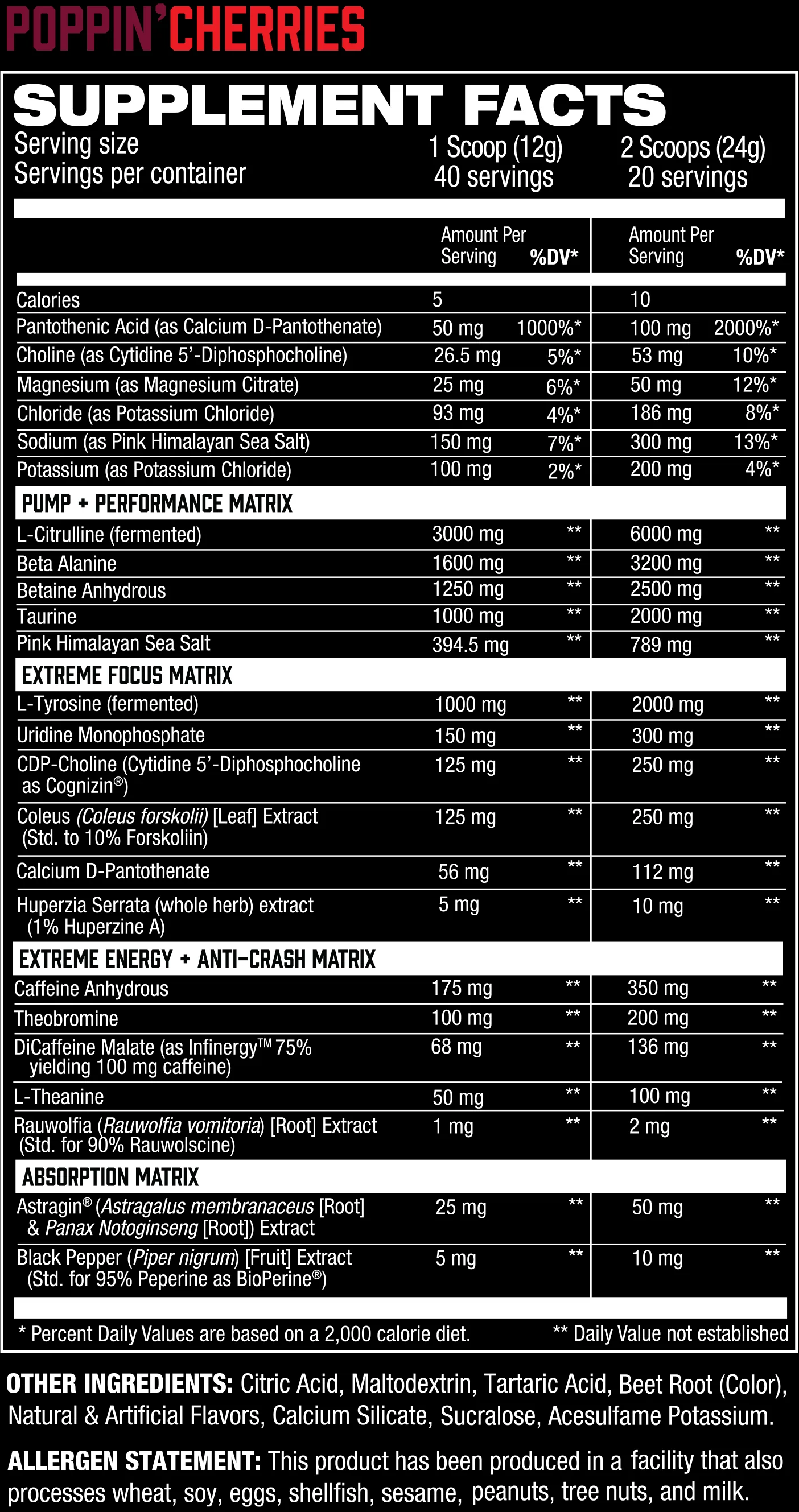
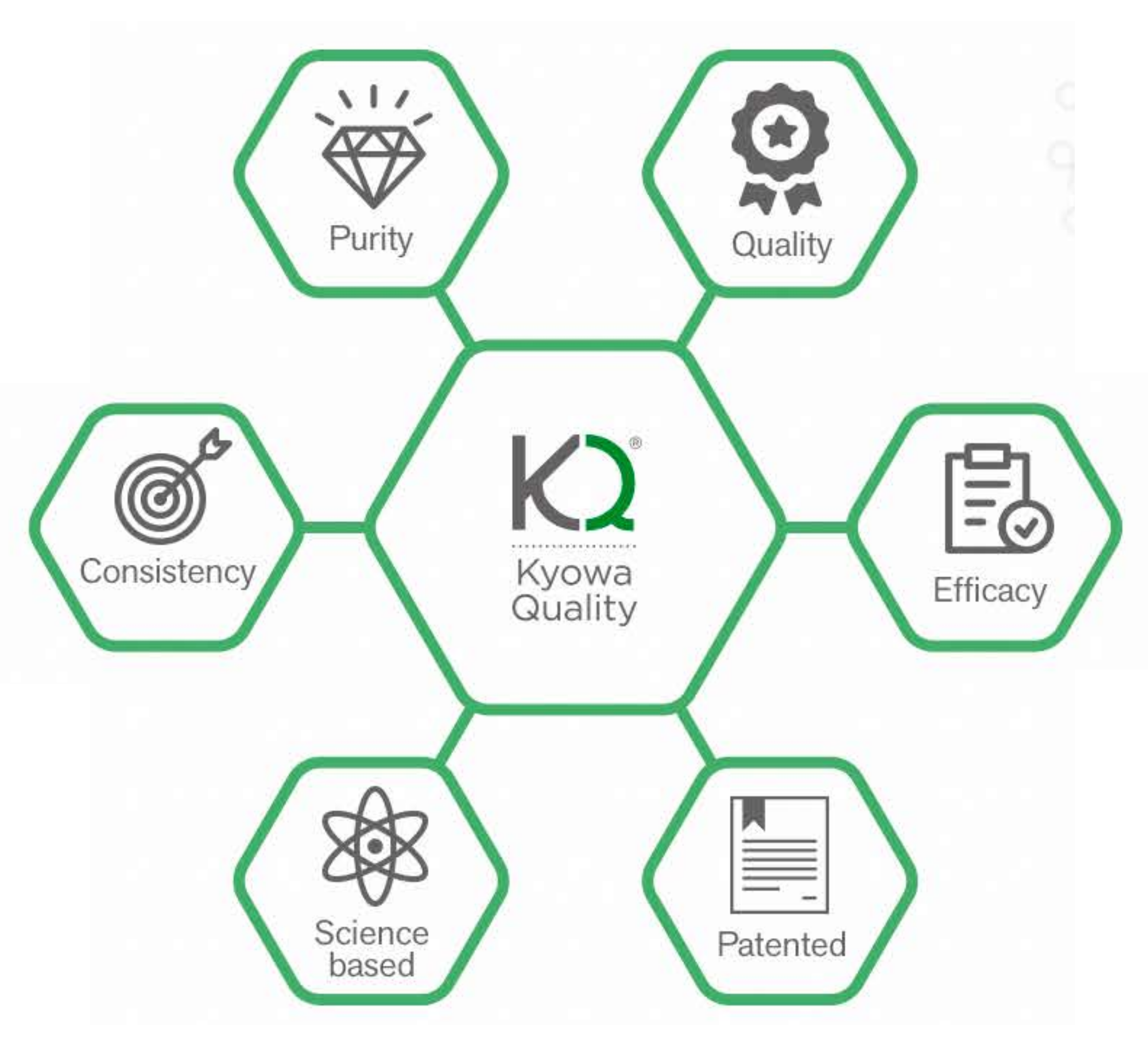


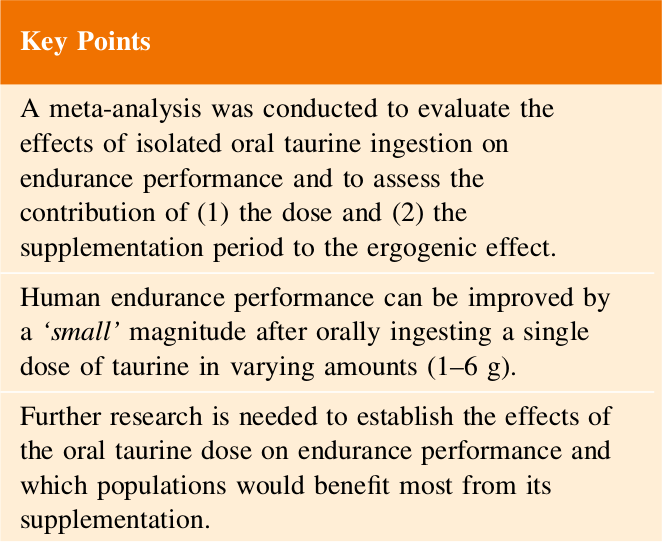
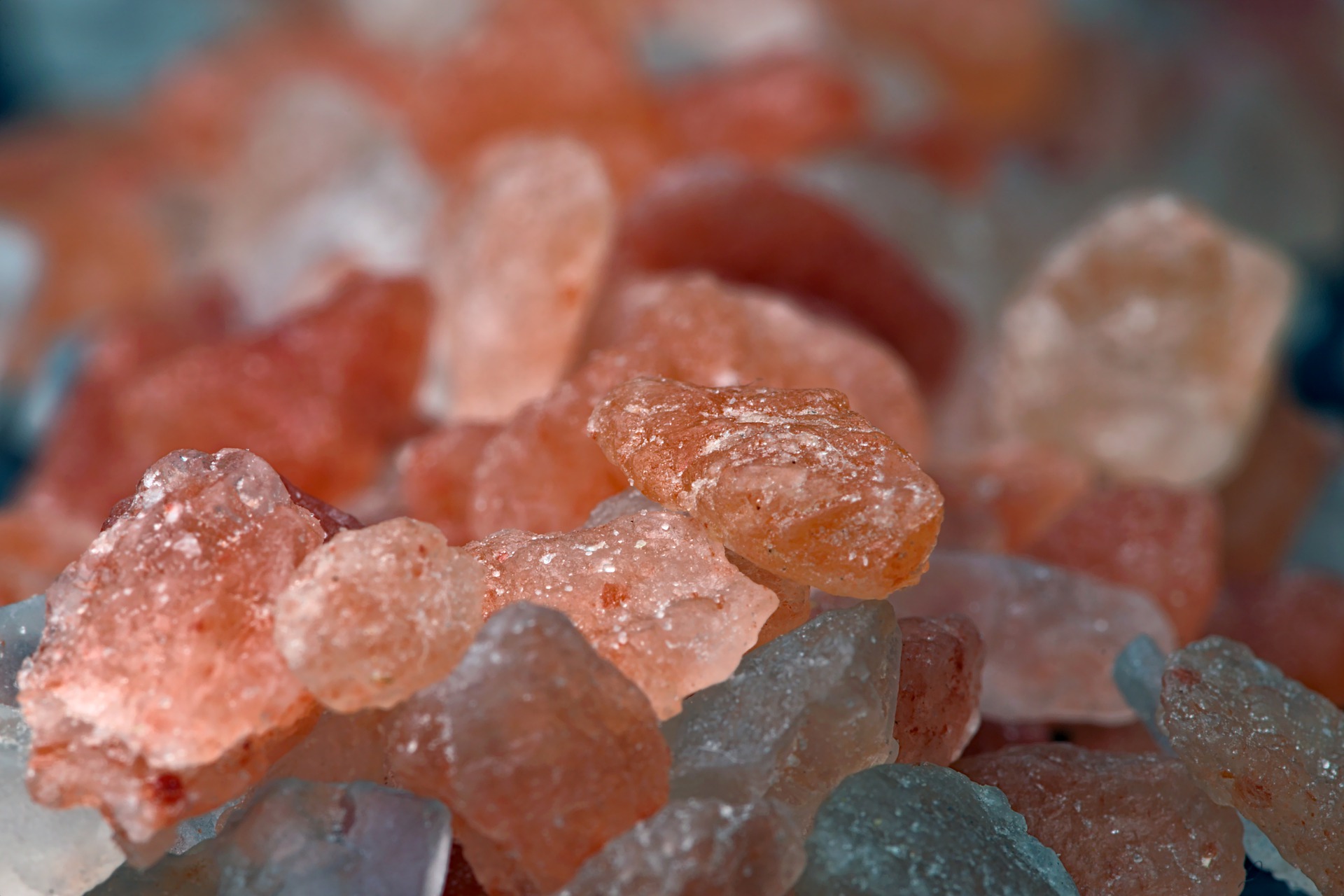
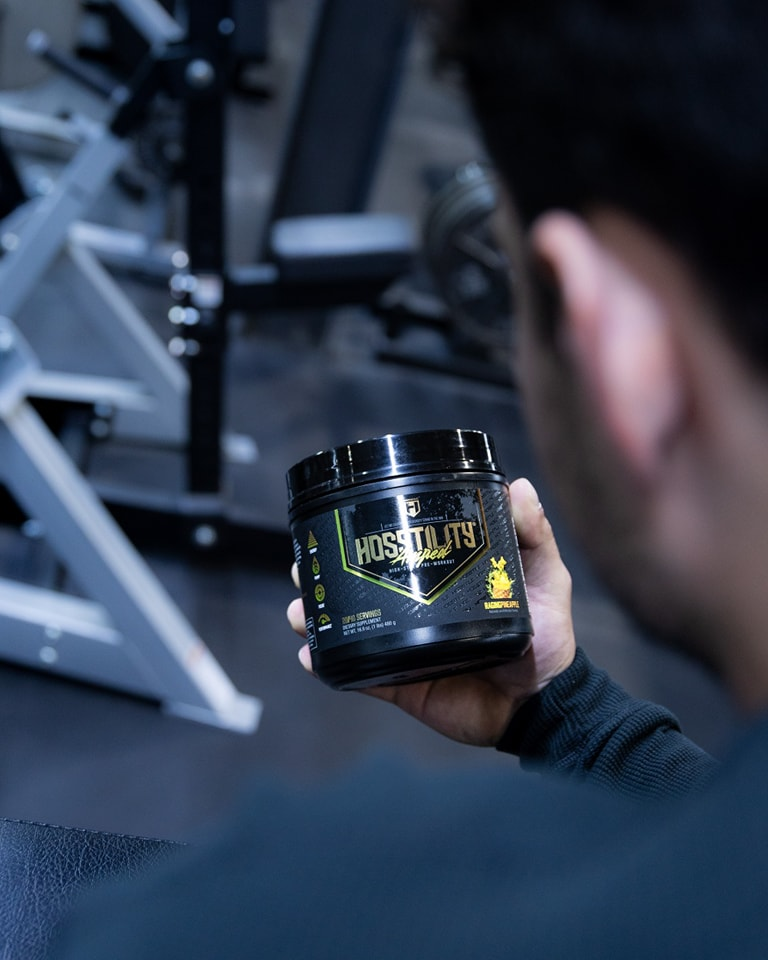
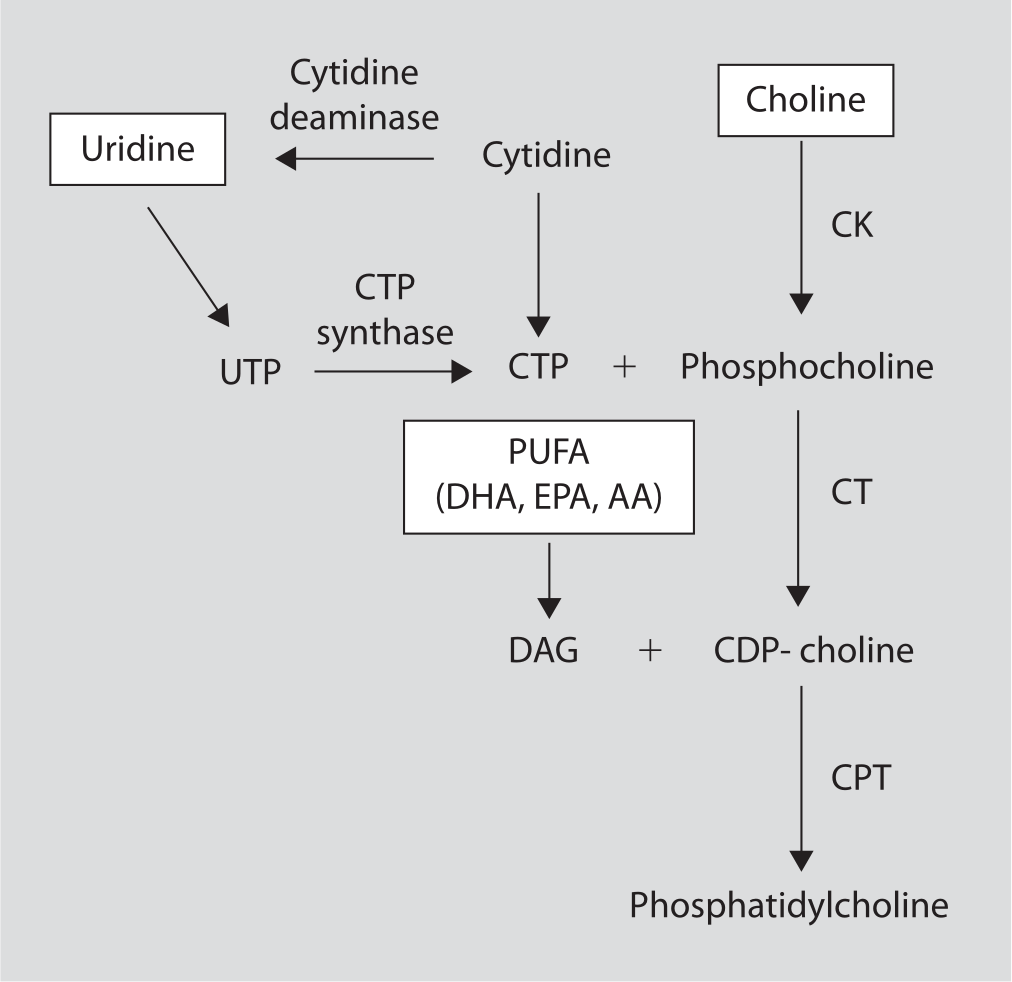
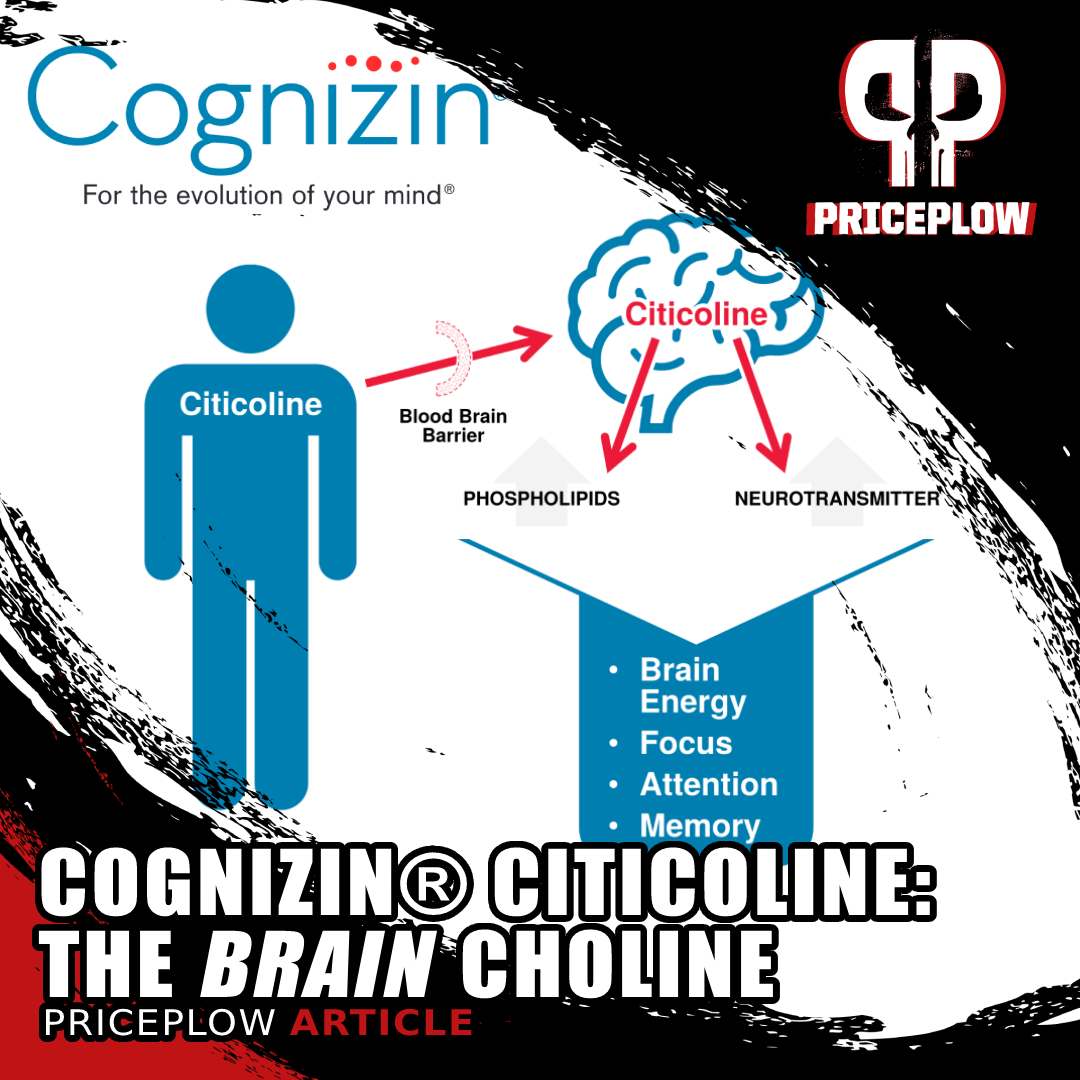
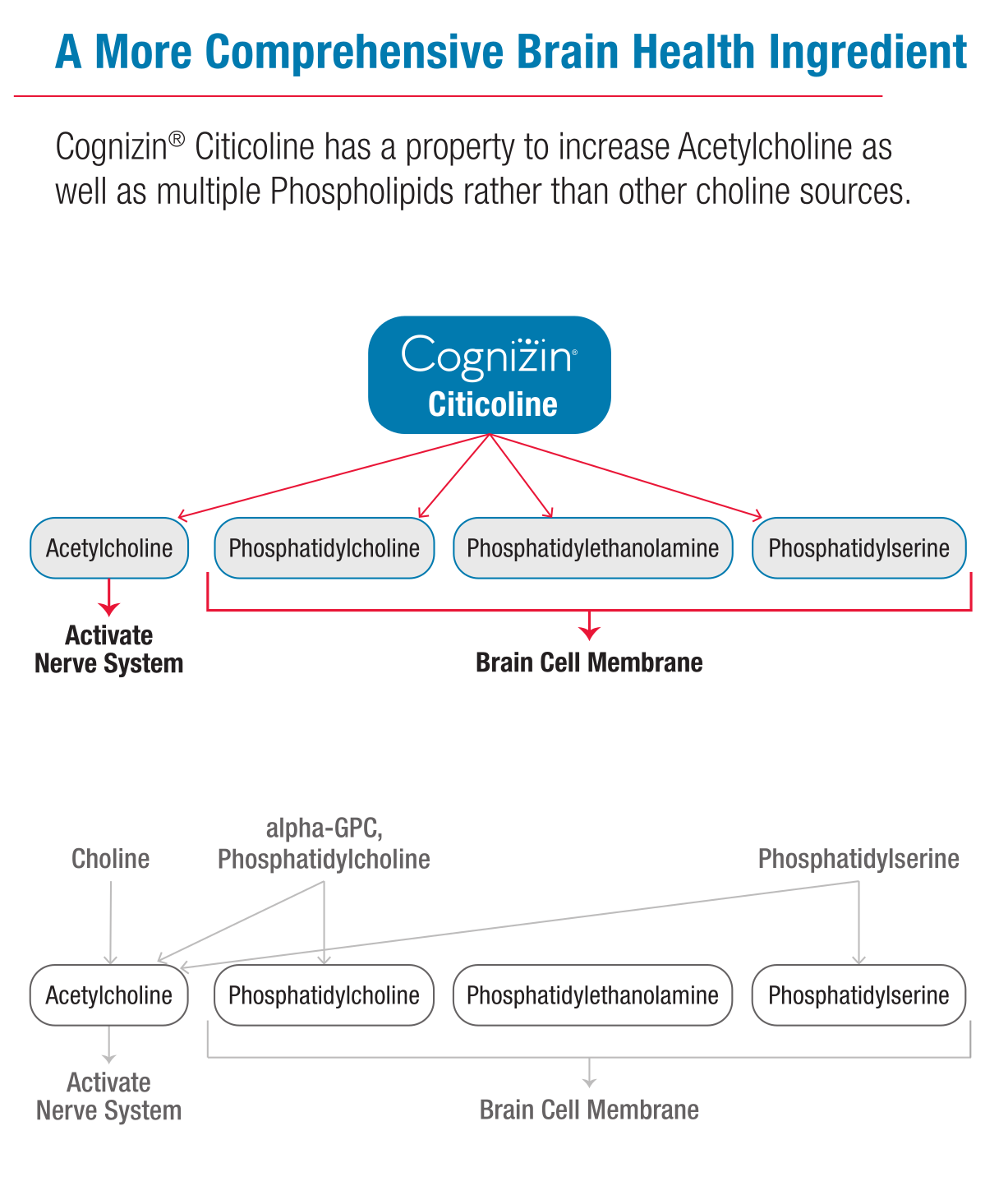
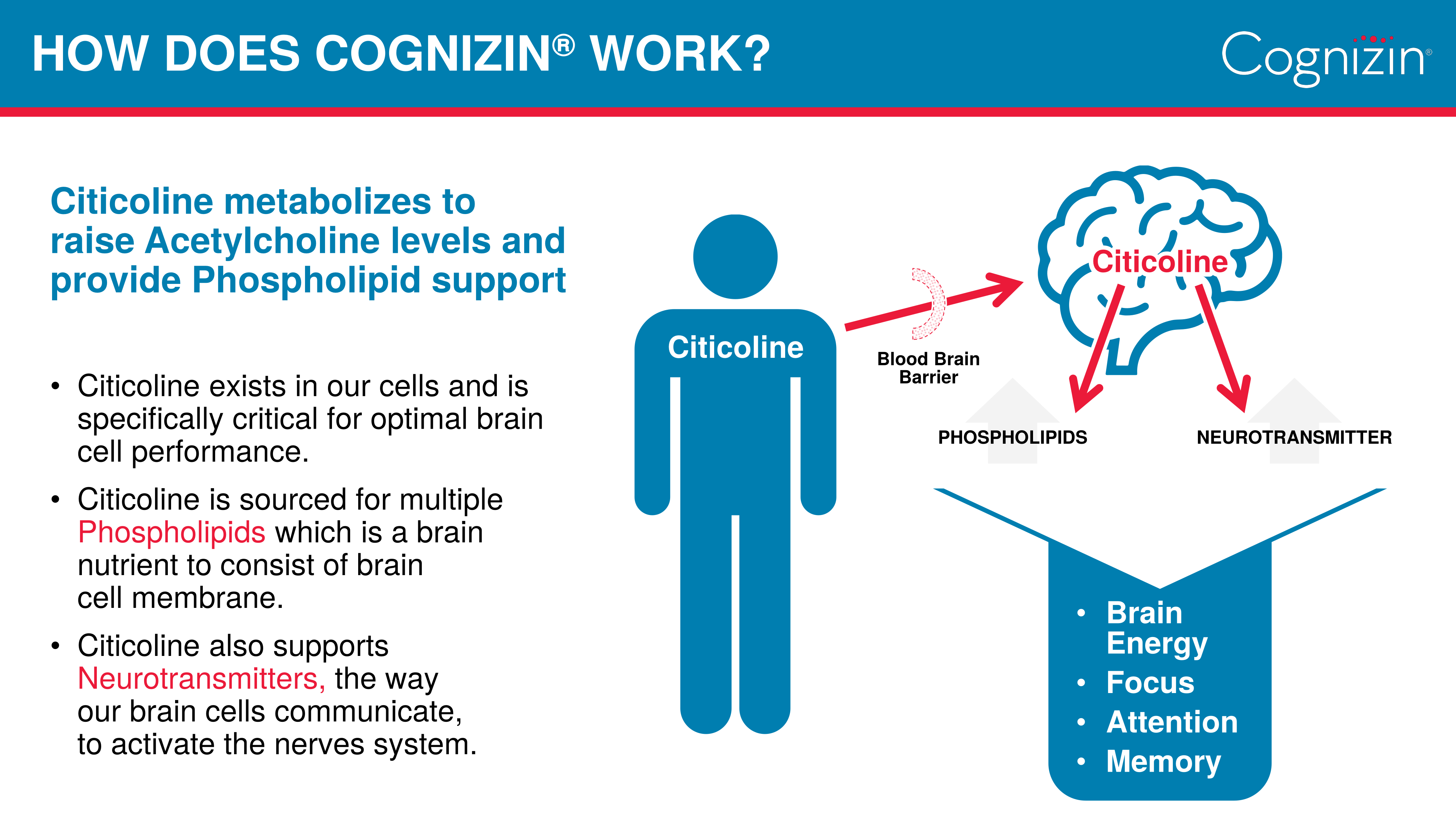

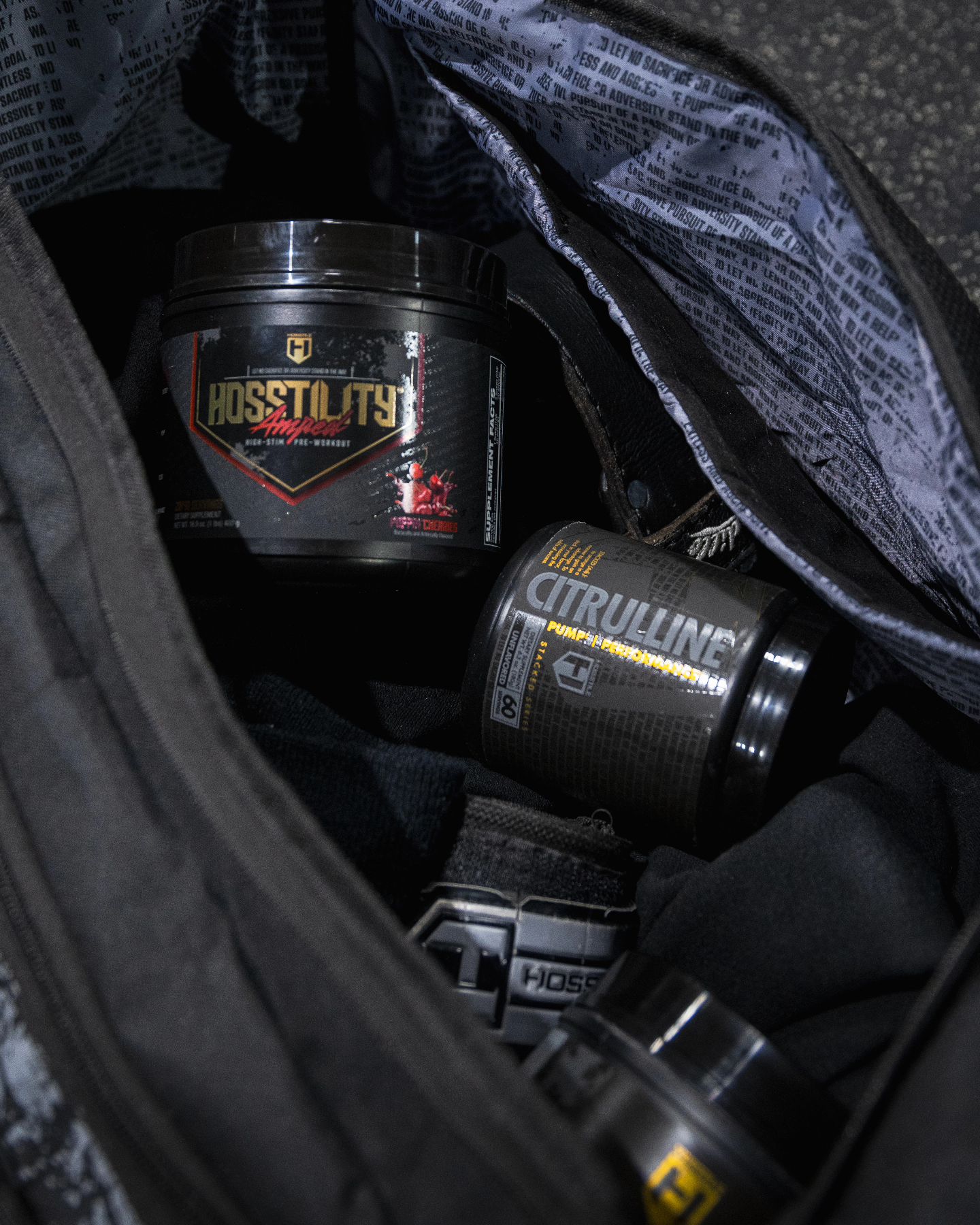
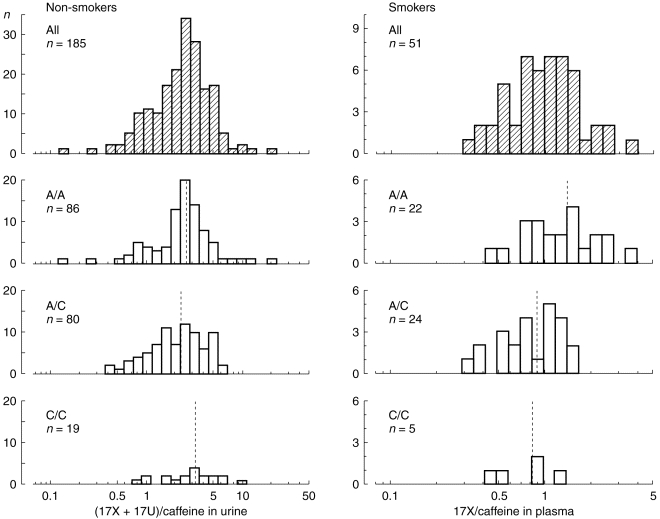
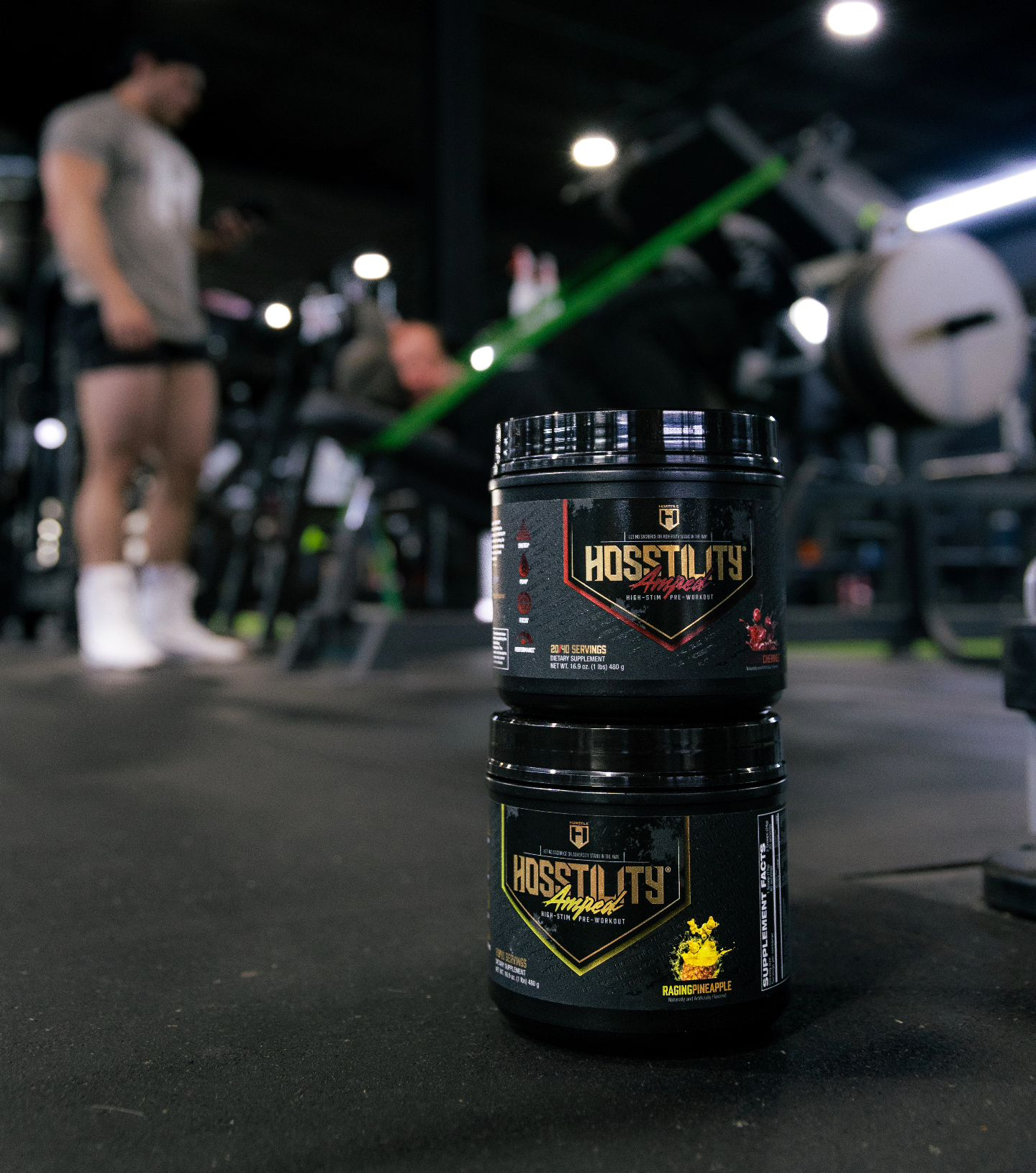
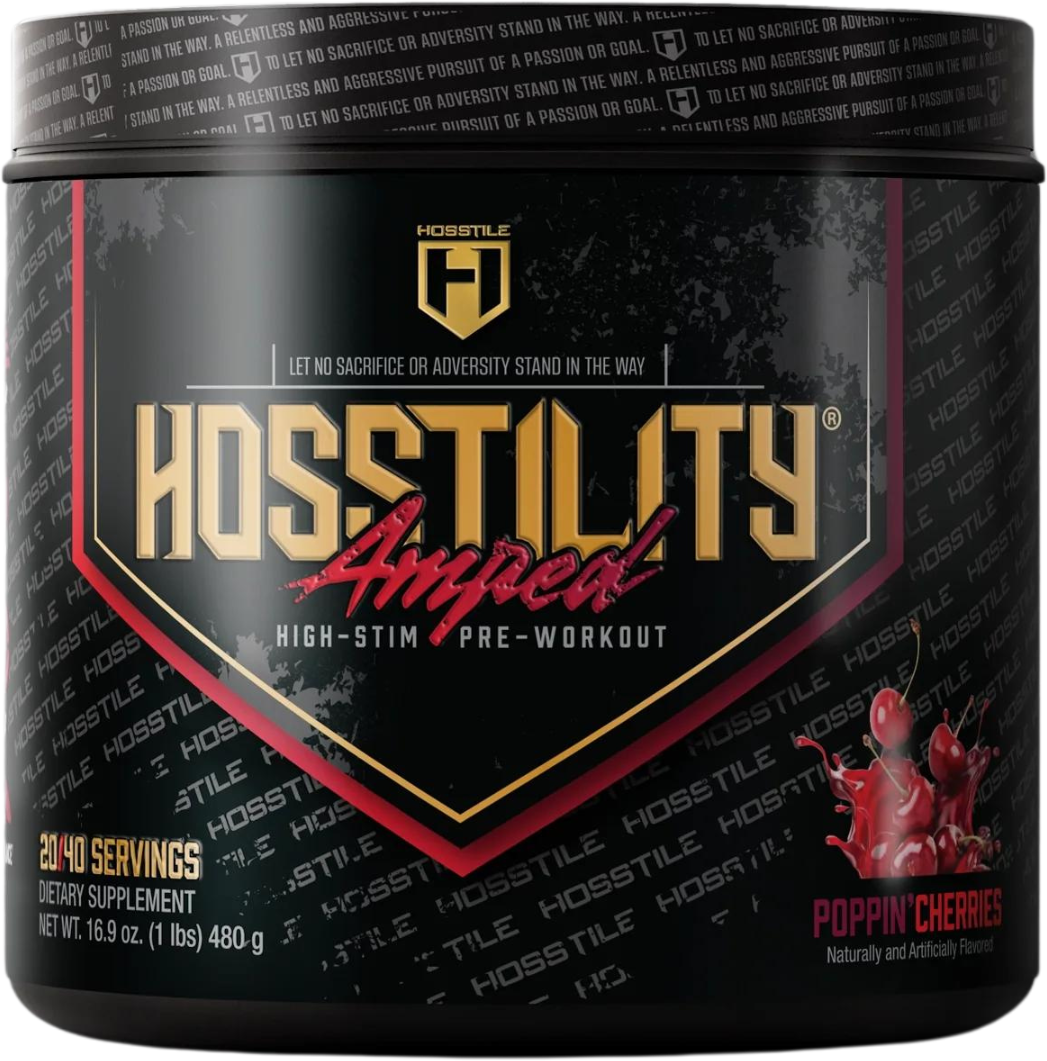


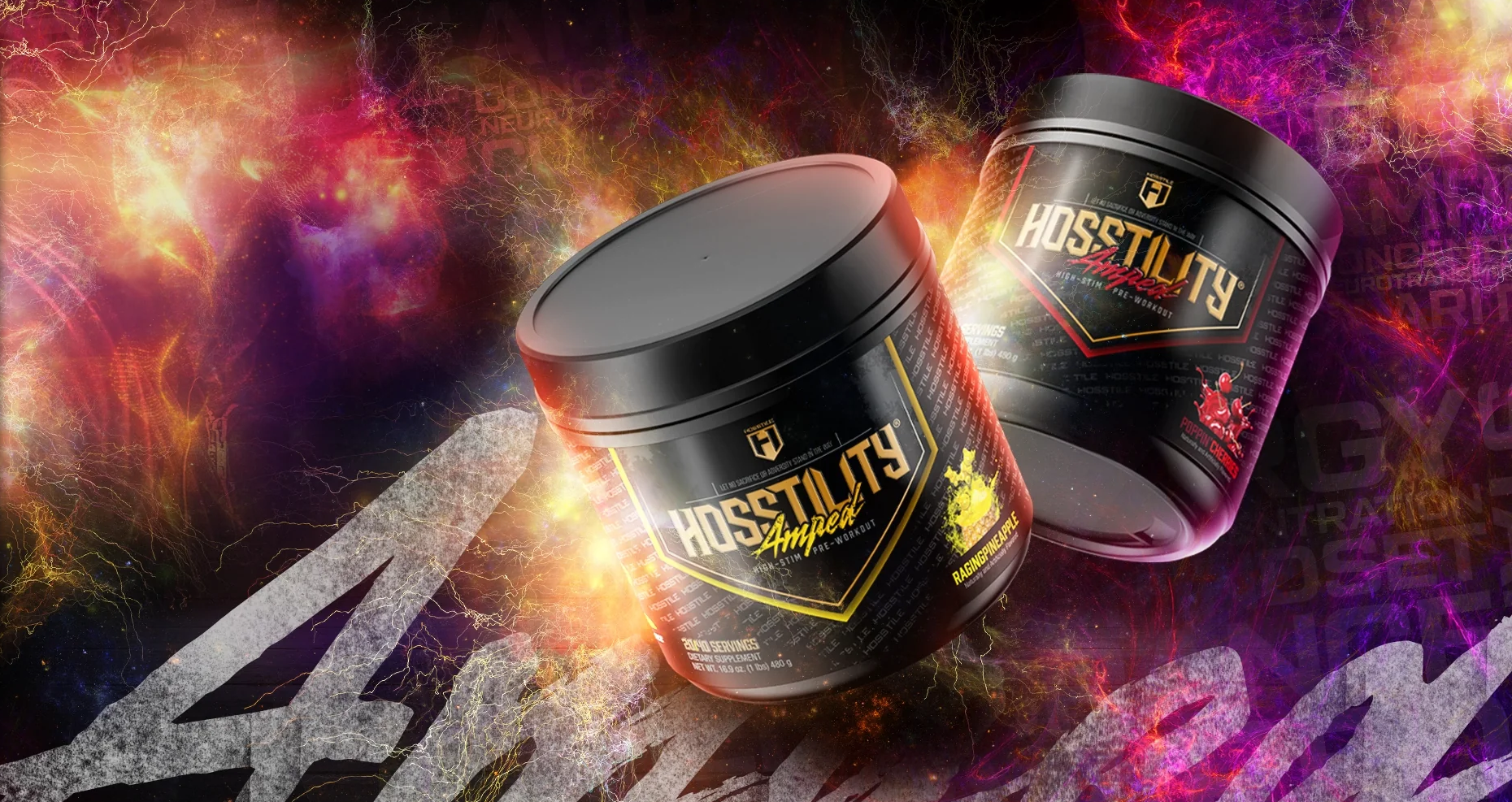


Comments and Discussion (Powered by the PricePlow Forum)